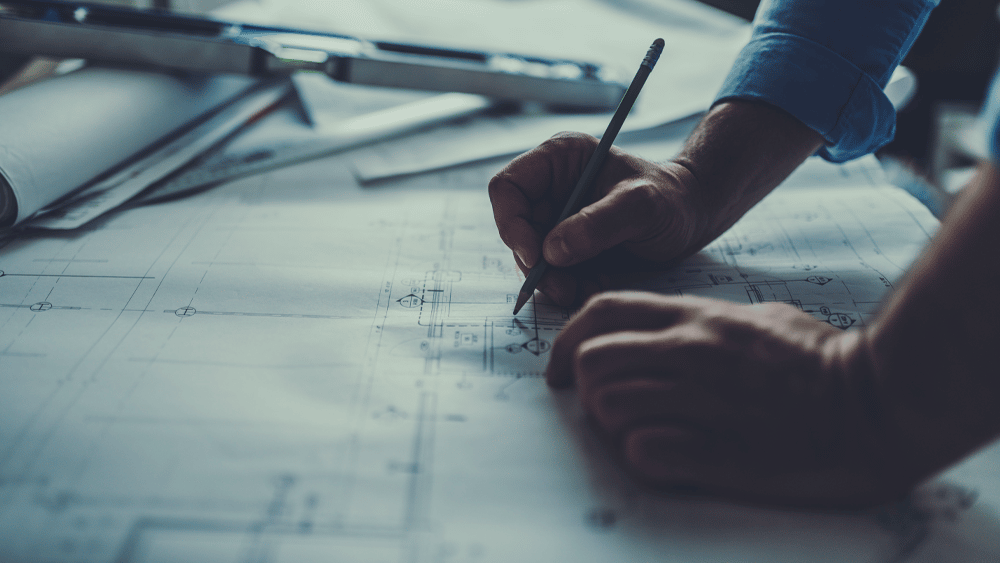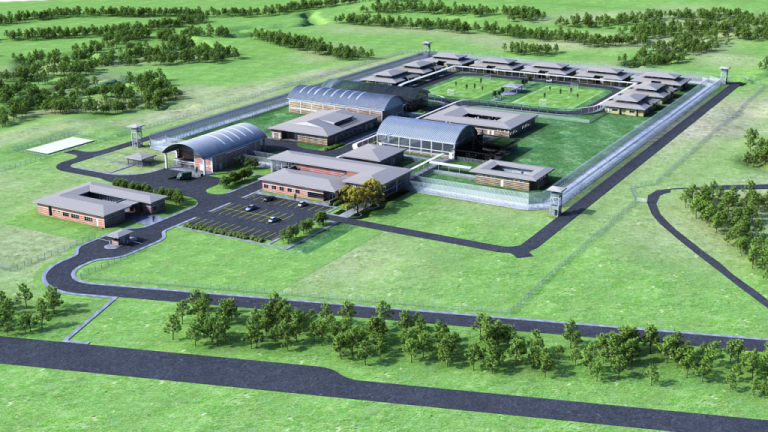The saying “knowledge is power” has never been more true than it is today. If we don’t know the answer to a question, we turn to Google. We read countless product reviews before committing to a purchase and scan dozens of ratings on Yelp before deciding where to eat. We want to hear from those who have ‘done it’,‘been there’, ‘tried that’, because even in such mundane daily decisions, we see value in firsthand experience.
When it comes to larger, more important decisions like hiring a justice consultant or selecting an architecture firm for a new jail or courthouse, firsthand experience is no longer just a luxury – it’s a necessity. Design firms are required to provide proof of their criminal justice design work, and rightfully so. But Facility Owners can, and should, demand so much more. The best way for Owners to achieve maximum value is to demand an integrated, informed approach to justice design.
Planning – Laying the Foundation
 New facilities or design projects most often result from a planning study, from as broad a viewpoint as a statewide master plan, a county needs assessment, or simply from a desire to replace an obsolete facility. Through the use of tools like statistical projections, studies/assessments, and stakeholder interviews, our planning experts identify the physical, operational, and aspirational benefits that the new building should provide. Creating this fully defined context of vision, mission, and operations is vital for the start of design.
New facilities or design projects most often result from a planning study, from as broad a viewpoint as a statewide master plan, a county needs assessment, or simply from a desire to replace an obsolete facility. Through the use of tools like statistical projections, studies/assessments, and stakeholder interviews, our planning experts identify the physical, operational, and aspirational benefits that the new building should provide. Creating this fully defined context of vision, mission, and operations is vital for the start of design.
Design – Applying Best Practices
 Equipped with the context and insight gained during the planning stage, CGL Designers use current and emerging best practices in criminal justice as a lens to view vision, mission, and operations in a fresh, forward looking light. These best practices – such as direct supervision, alternatives to incarceration, deflection/diversion/detention, and trauma-informed operations – have profound influence on design. Our experts have worked in and alongside criminal justice agencies, dedicating their careers to understanding the complexities and unique nature of the criminal justice system. Their involvement in, and access to, research and innovations taking place in both academic and practitioner settings provides a rich resource to our clients seeking to improve the effectiveness of their justice services.
Equipped with the context and insight gained during the planning stage, CGL Designers use current and emerging best practices in criminal justice as a lens to view vision, mission, and operations in a fresh, forward looking light. These best practices – such as direct supervision, alternatives to incarceration, deflection/diversion/detention, and trauma-informed operations – have profound influence on design. Our experts have worked in and alongside criminal justice agencies, dedicating their careers to understanding the complexities and unique nature of the criminal justice system. Their involvement in, and access to, research and innovations taking place in both academic and practitioner settings provides a rich resource to our clients seeking to improve the effectiveness of their justice services.
 Maintenance – Ensuring Efficiency
Maintenance – Ensuring Efficiency
Representing the facility operations needs of a modern high performance building during the design process requires the active participation of staff with the skills to interact with the designers and owner in a way that is aligned with the big picture for the project. Delivering a building that over its lifetime is low energy and resource consumption, healthful and uplifting to occupy, and durable and long-lived requires staff equipped with the tools, training and motivation to realize the vision.
Our Facility Maintenance capability is robust, sophisticated, and experienced with both P3 and justice projects. The capabilities for insight into the long-term consequences of building systems, detailing and materials choices are a valuable asset to public owners, and an important resource to planners and designers.
How it All Comes Together
We pride ourselves on our dedication to improving the justice system, combining our expertise in the core disciplines of planning, design, and facility maintenance with more than 40 years of experience in the justice market to introduce best practices that are transforming the experience of justice for staff, public, and offenders.
Over the years, we’ve learned that successful, high-performance facilities result from a collaborative, integrated approach to justice design. That’s why we extend our expertise across service lines, harnessing the best of our capabilities to arrive at solutions informed by decades of knowledge and firsthand experience.





